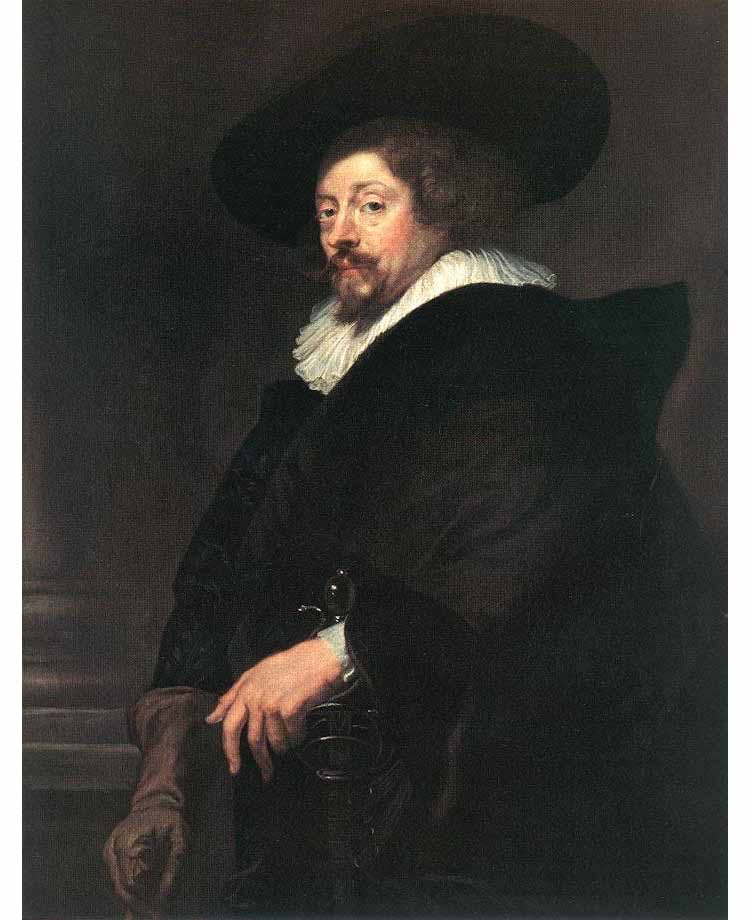ShareThe later master of the baroque painting Peter Paul Rubens was born on 28 or 29 June 1577 in Siegen, which at that time belonged to the county of Nassau-Dillenburg. His father, Jan Rubens, was a lawyer in Antwerp before he had to flee from the Spanish Netherlands, ruled by the Catholic Hamburgers, because of his Calvinist faith.
Later, Jan and his wife moved to Cologne with their six children. After his death in 1587, the rest of the family returned to Antwerp, where they came closer to Catholicism. Peter Paul received a good education at a Latin school and got to know courtly life as a page of a Flemish princess' daughter. From 1592 to 1600, Peter Paul Rubens was apprenticed in succession to the painters Tobias Verhaecht, Adam van Noort and Otto van Veen. Even before the end of his apprenticeship he was accepted into the Antwerp Guild of St Luke in 1598.
Afterwards, Rubens, then 23 years old, traveled to Italy, where he studied the works of Titian, Tintoretto, Raphael and Caravaggio. Despite his youth, the Duke of Mantua, Vincenzo Gonzaga, became aware of him and made him his court painter – and his envoy: in 1603 the Duke sent the painter on a diplomatic mission to the court in Madrid. (Read more.)
What Child is This?
1 week ago


















2 comments:
The 1590s decade treated Peter Paul Rubens very well, I think. Not only was the young man apprenticed to the best painters in Antwerp, but the masters saw talent in the young man and wanted his career to be successful. That he was accepted into the elite Antwerp Guild of St Luke in 1598, before he eveb finished his apprenticeship, shows that his teachers and mentors were right.
Yes, and Rubens was very kind and merciful to his patroness Marie de Medici when she was in dire need. The Queen died at his house in Cologne.
Post a Comment